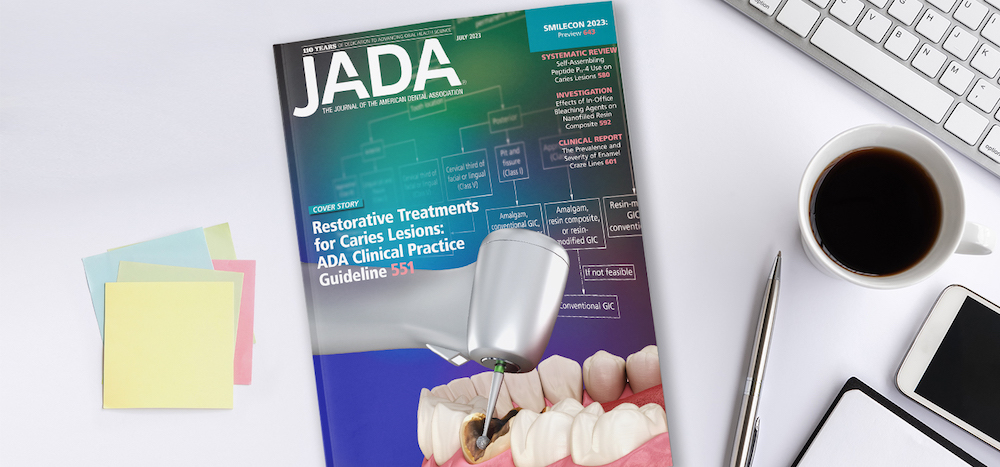American Dental Association Releases New Clinical Practice Guidelines on Caries Restorations
June 29, 2023 Micah Kleid
A panel led by Vineet Dhar, chair of orthodontics and pediatric dentistry at UMSOD, is advising a more conservative approach to caries restorations to decrease the risk of adverse effects.
For the past three years, an expert panel consisting of members from the American Dental Association (ADA) Council on Scientific Affairs and Science & Research Institute (ADASRI) have been systematically analyzing literature and conducting clinical trials regarding carious tissue and caries restoration.
That panel of experts, led by lead author Vineet Dhar, BDS, MDS, PhD, chair of orthodontics and pediatric dentistry at the University of Maryland School of Dentistry (UMSOD), has now released new clinical practice guidelines on restorative treatments that suggests more conservative approaches to removing carious tissue may decrease the risk of adverse effects (“Evidence-Based Clinical Practice Guideline on Restorative Treatments for Caries Lesions”).
“This particular guideline is part of a series of guidelines the American Dental Association has been working on and the focus is management of tooth decay,” Dhar said. “We have realized that the management of tooth decay has two distinct parts to it — one is we have to manage the disease process and the second is we have to treat or manage the decayed tooth, the caries lesion, or cavity. “
Prior to these new guidelines, most dentists (including UMSOD students) are trained to completely remove caries lesions, but this new research shows that no longer has to be the case.
“You no longer have to remove all the tooth decay. You just have to remove enough and put in the right restoration materials on top of it,” Dhar explained.
Why the change in technique and process? As Dhar noted, when managing a cavitated lesion that is of moderate or advanced depth, trying to remove all of it can sometimes expose the nerves, the pulp, and that can lead to the need for pulp therapy and even a root canal. But now the research shows that risk can be avoided by utilizing a conservative caries removal method instead.
The new guidelines also present two steps to managing cavitated lesions — how much decay to remove and what materials to use to restore it.